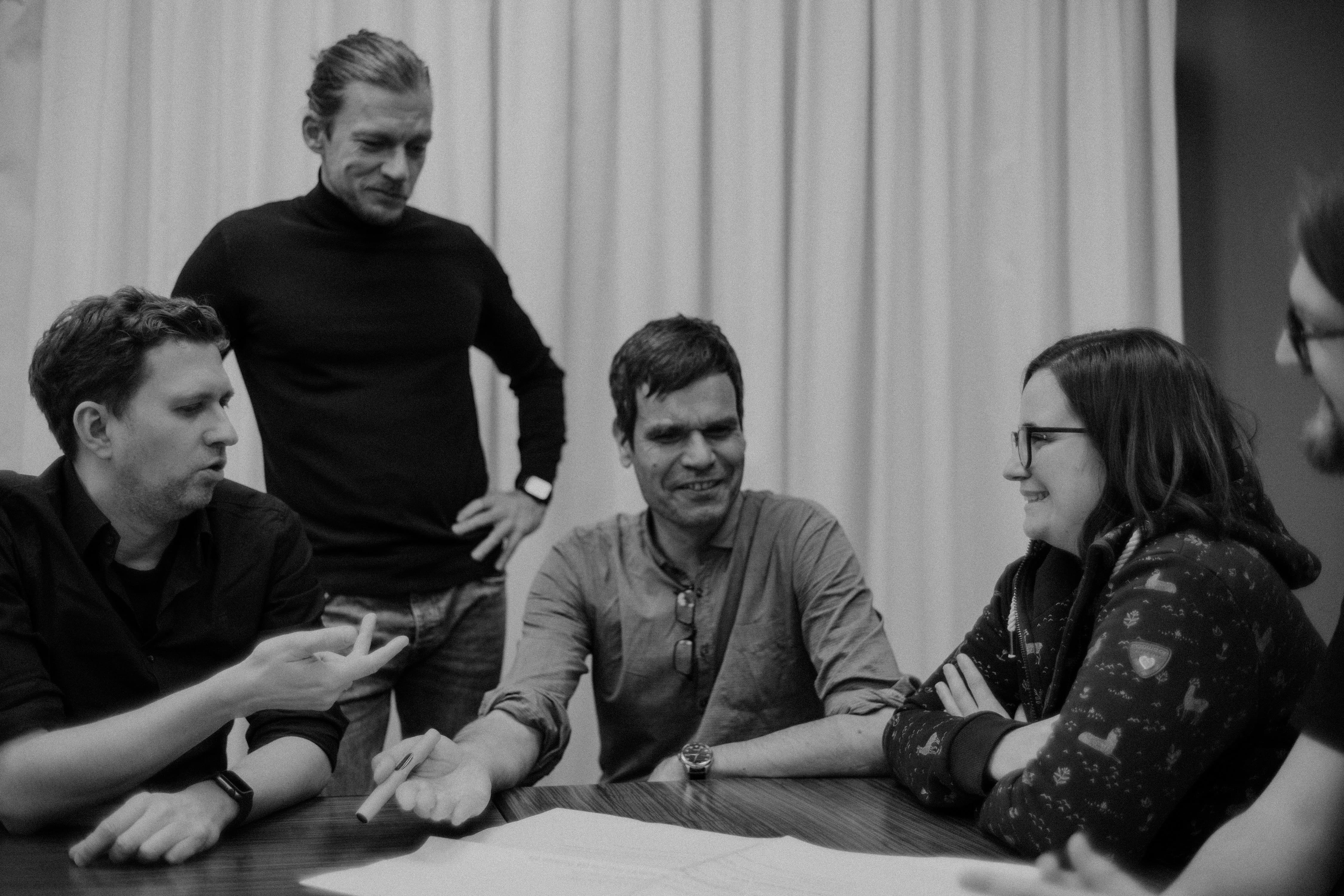
Diese Case Study ist auch auf Deutsch verfügbar
For INNOQ, the job consisted of two parts. Firstly, the creation of an international data service for detailed vehicle information with matching photos. Other information, such as crash test data, could also be added. As a first step, this was made available for the German and Canadian markets. Secondly, the development of a uniform application programming interface (API) that allows access to this data from the company’s various programs and websites.
How mobile.de benefits from VeDaH:
- With the data hub we have created a future-proof platform for all the company’s products. It allows mobile.de to build up and develop a wide range of applications and products without having to solve the problem of data acquisition each time
- Easy access to a huge amount of internal and external data through a uniform API
- A uniform interface and the editing tool allow efficient revising by small editing teams in Germany and Canada
- Significantly easier development for different countries
- Users of mobile.de can automatically add relevant details and photos to their sales ads. With the latest generation, the vehicle identification number is all that is needed
- The sales ads are searchable according to a wide range of criteria. The search results themselves are more accurate through the combination of different search criteria
- Sales ads can contain significantly more information than on competitor sites
A data service for vehicles. What initially sounds simple was in the case of mobile.de a highly complex undertaking. The first big hurdle was the creation of a uniform database. After all, the vehicle data, photos, and test results come from different sources. On top of that there are technical questions: For example, is a Golf GTI a spin-off of the Golf Mk7 or its own model series? The creation of logical hierarchies was therefore the first step. As the data service, which was originally only planned for the German market, was then also to be used internationally, the complexity increased considerably. For example, the same model may have different names in different countries, or certain models and vehicle types are only available on certain markets.
INNOQ has greatly helped us to be a first and fast mover in our highly competitive market. The teams worked together brilliantly, allowing us to grow and to learn from our challenges.
Michael KurrProject Manager Catalogue Data
From developers to auto experts
In addition to the technical expertise, a good deal of knowledge about vehicles was also required. All passenger vehicles (new and used) and vehicle types built in the last 25 to 30 years were to be categorized in a logical system. In Canada this even included snowmobiles. And not forgetting vehicles that are still being built. The five-strong team from INNOQ picked up this knowledge over the course of the project with the support of the auto experts at MOTORTALK. The development team also referred to the product owner, who supported them from a methodological and technical point of view and assumed strategic responsibility for the project.

First the vehicle data and photos were gathered from different external data providers and other sources, and saved in a database. By means of ETL jobs* this data was automatically converted into a uniform import format or the specific VeDaH format, saved as a vehicle, and then logically grouped. A MySQL cluster was used as the persistence layer. However, in order to provide users with a search function with as many vehicle-specific filter options as possible, the MySQL data were indexed by an Elasticsearch search engine.
Access to VeDaH is via an INNOQ-designed uniform API. It was important here to create an editing interface so that the data could be added to or corrected if needed. Due to the international use of the data service, multiclient capability was also essential. As different clients, the individual markets in which mobile.de is present thus receive country-specific data, in some cases from different data sources.
Core Technologies:
- REST API, which consistently uses Hypermedia* (HAL)
- Editing tool based on JavaScript and Node.js
- In the backend, ETL jobs for data processing in Python
- Kotlin and Java with corresponding frameworks as a backend for the API
- Architectural separation between read and write models; read requests are run against a specialized search database
Close cooperation for a uniform basis
The VeDaH project was started from scratch. INNOQ actively helped shape the infrastructure from the very beginning, and still offers support with the operation. The iterative development process started with the analysis of the data. The API was designed on this basis and in close dialogue with the user groups and different product teams from within the company. New features are continuously being rolled out.
The close technical and personal interaction with the client was important for the success of the project. The project partners and automobile experts (and enthusiasts) on the customer side are important sparring partners for INNOQ, both in terms of organization and planning and the vehicle-specific support of VeDaH.
What is an ETL job?
ETL stands for extraction, transform and load. So first the readout of data from multiple, mostly differently structured data sources, followed by the transformation or alteration of the data into a different format, and finally the reloading of the data into a corresponding target database. In this way the different data are cleaned and standardized.
What is hypermedia?
Hypermedia is a nonlinear medium of information whose main characteristic is hypermediality, the linking of information points by means of hyperlinks. Hypermedia can comprise any type or form of media, although the best-known is hypertext. Hypermedia is often incorrectly understood as or confused with multimedia.
We‘d love to show you a YouTube video right here. To do that, we need your consent to load third party content from youtube.com
